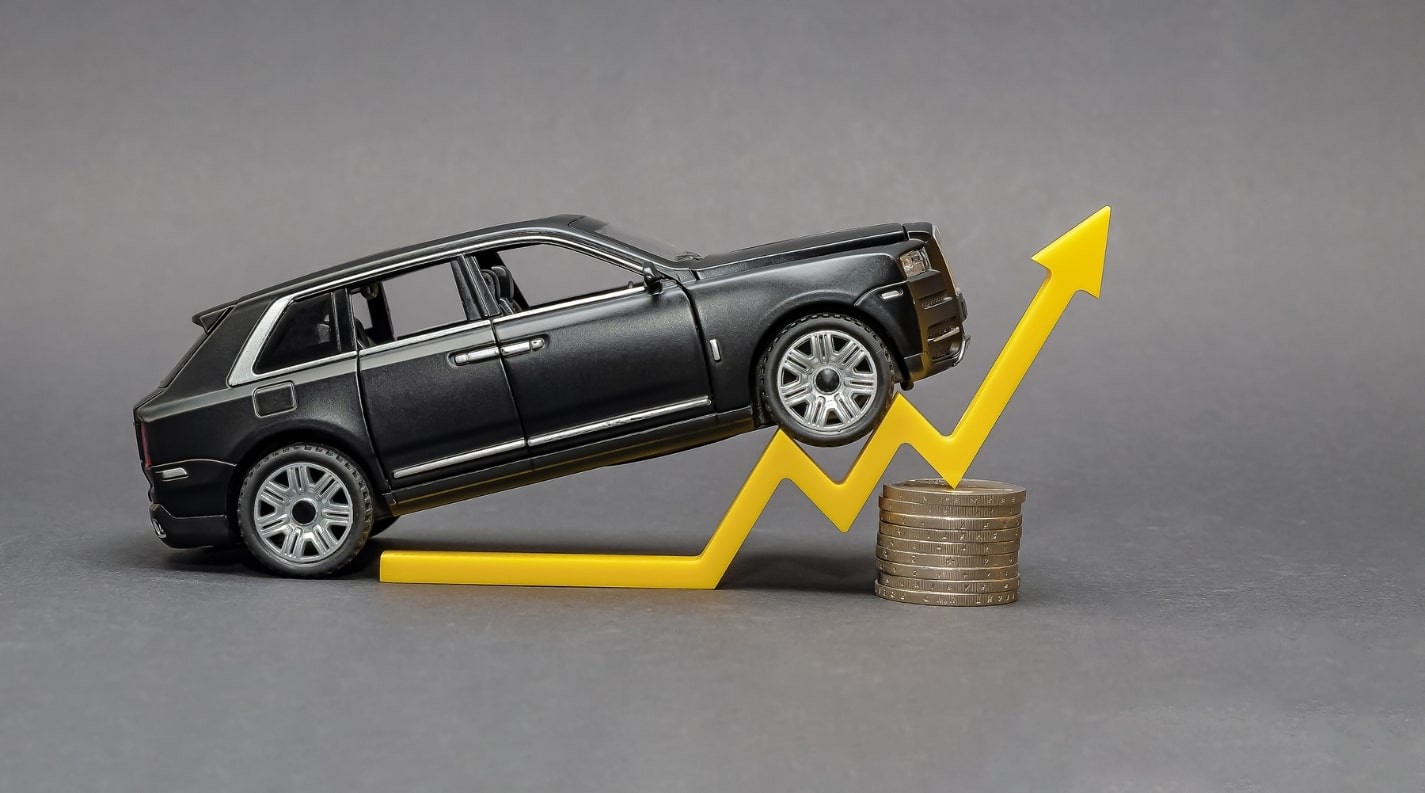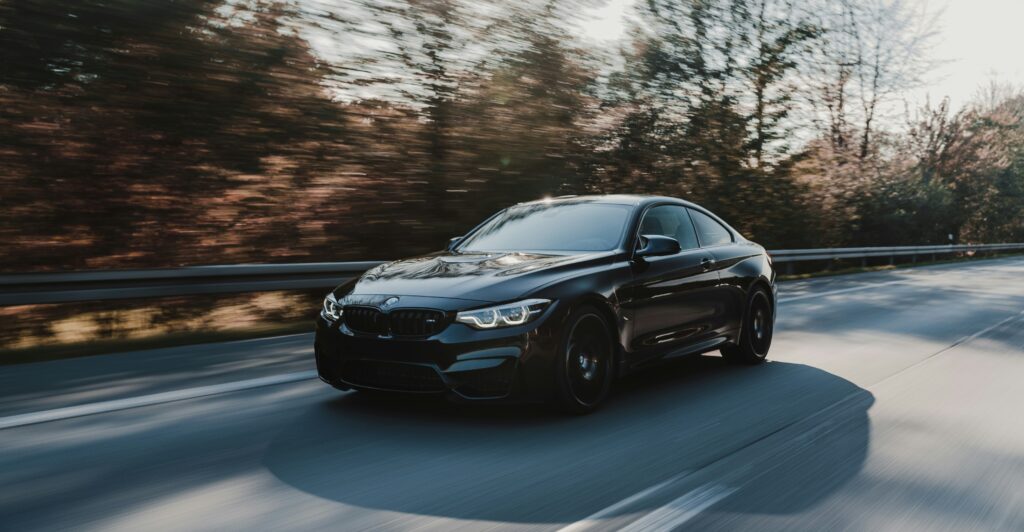30 Sep 2025

One of the most common questions we get from clients is: “Why do car prices keep changing?”
If you’ve only ever bought a car before, the leasing world can feel a little confusing. A quote you receive today might not be the same a week later. In this blog, we’ll break down why that happens, what factors influence pricing, and what you should know before making a decision.
Are quotes the final price?
The first thing to understand is the difference between a quote and a secured price.
Typically, quotes are valid for around 28 days. Within that period, if we send the application to the funder for approval and the manufacturer hasn’t changed their terms, then yes, the price will stand.
However, prices can move quickly. At the end of each financial quarter, for example, residual values and manufacturer discounts are often adjusted. That means a quote given today could look different at the end of the week if those terms change. Sometimes prices improve, but other times they increase, and that’s outside of our control.
Does my credit score affect the price?
In short: no.
Your credit score may determine whether you’re approved for funding, but it doesn’t change the monthly price of your lease. In the past, people with weaker credit could still be accepted but at higher rates. That practice is no longer allowed.
If the bank is willing to give you credit, you’ll pay the same rate as anyone else. That said, one funder might approve you while another declines. Each finance provider has their own criteria, which is why we work with a panel of funders to give clients the best chance of approval.
Vehicle availability and why timing matters
Another important point: a quotation doesn’t confirm your vehicle or guarantee your price.
Approval of the finance and payment of the order fee are what secure your car and the agreed terms.
For stock vehicles, time is critical. Dealers may hold a car for a few hours or a day, but they can’t do so indefinitely. That’s why, when you’ve chosen your preferred car, it’s important to move quickly to get the approval in place.
For example, ‘tactical offers’ (a short-term promotion, usually with a heavier discount than usual) can sell out in days. If you wait too long, the car may be gone, or the discount may no longer apply. Acting quickly doesn’t mean pressure selling; it’s simply about making sure you don’t miss out on the right deal.

How does the length of the contract and the mileage affect price?
Your contract terms also directly affect the monthly price.
The higher the mileage, the lower the vehicle’s expected resale value at the end of the contract, which increases your payments. Shorter contract lengths can also push the monthly cost up, while spreading payments over a longer term often reduces them.
It’s the same principle you’ll find in other forms of vehicle finance – mileage and term always influence the residual value, and therefore the price. You can find out more about how to choose the right mileage by clicking here.
Advice if you’re leasing for the first time
If you’ve never leased before, here’s some simple advice: focus on what you need, not just the headline price.
Ask yourself: Do I want to own the car at the end, or am I happy to change every few years? If ownership isn’t important, contract hire is often the best fit. It’s hassle-free, road tax is included, you can add maintenance, and you avoid the risks of depreciation or negative equity.
Leasing also gives you flexibility. You can exit contracts earlier than many people realise, and you have the freedom to change cars regularly with predictable costs.
Most of our clients choose leasing because they’re busy professionals who value time and convenience. They don’t want the hassle; they want a smooth, straightforward process and a partner they can trust to guide them.
Car prices move for a variety of reasons. Quarterly changes, vehicle availability, mileage, contract length, and manufacturer offers. While the market can feel complex, our job is to make it simple and transparent. At the end of the day, it’s not just about chasing the lowest number. It’s about finding the right car, at the right price, with the right support.